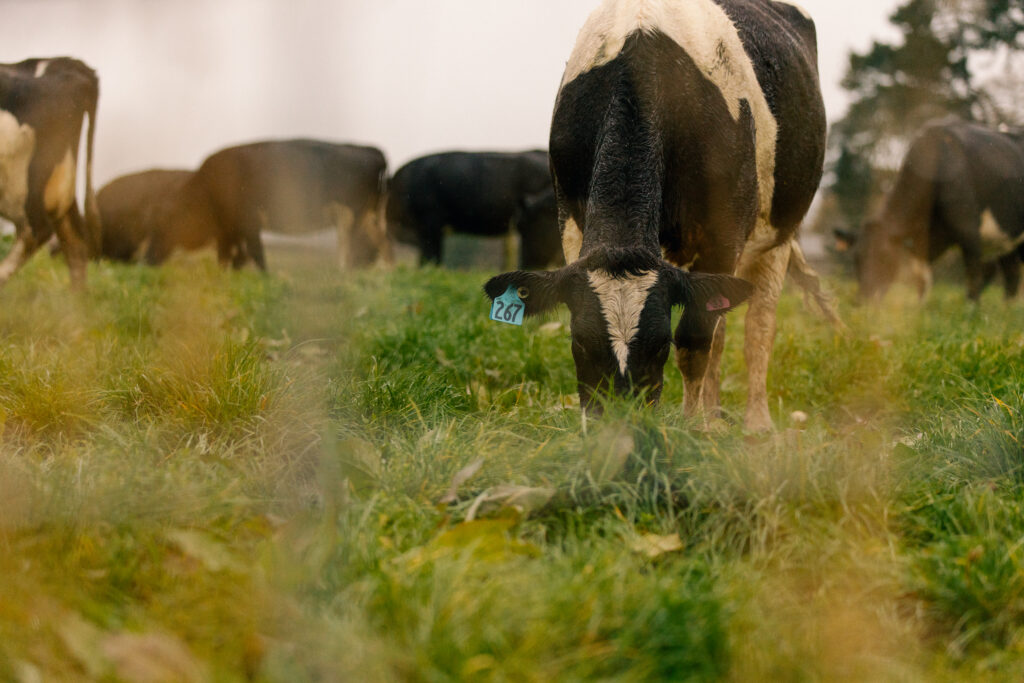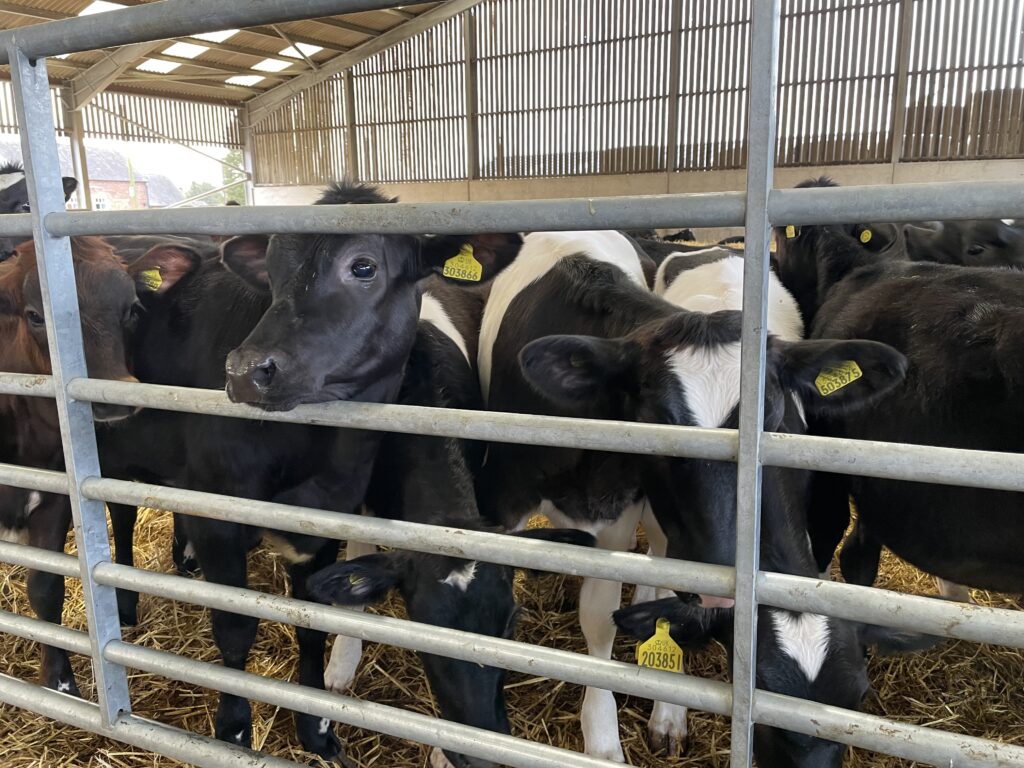Pasture to Profit consultant Sean Chubb shares his observations from the past month and some recommendations for the next to assist UK farmers with their autumn management.
Current situation
Across all regions, some farmers are slightly below target pasture covers for this time of year. This is partially due to the earlier autumn flush of growth. In the south and midlands, rust on plants has been an issue, due to the warm humid days, impacting milk production from grass.
While growth is still good for this time of year, autumn herds may start the housing process as some farms start to dampen in the autumn conditions and dry matter in the grass drops off.
Spring calving herds have had good mating results. While conception rates with sexed semen this spring are varied, farmers using a thorough selection process are having excellent success. On some farms, I’ve seen sexed conception is outperforming conventional beef, meaning sexed semen can be a great tool within block calving herds to optimise herd improvement when used strategically.
Selecting higher performing cows with good fertility and health records, who calved early without any challenges, should help mitigate the risk and expense of using sexed semen. It also ensures your next crop of replacement heifers are more reliably superior.
Calving for autumn herds has gone well, but standing hay has been an issue as it is more like standing silage. Despite this, the number of clinical milk fevers hasn’t been an issue for most.
Recommendations for the month ahead
Autumn herds should start thinking about pre-mating checks. If you don’t have the time, energy, or enough skilled staff for this, think about outsourcing this important job to technology.
For herds that calved on standing hay, monitor your cycling cows. Undetected subclinical milk fevers could lower your submission rates.
Now is a critical time for first and second calving cows in both spring and autumn herds. For spring herds, the drop in dry matter in the grass will naturally lead to a slight loss of condition. Due to this, the first and second lactation cows are most at risk of not reaching target condition at drying off. For autumn herds, as you house your cows, these lactation groups are most at risk of being bullied away from the feed barrier.
As spring herd intakes decrease, is your level of silage/concentrates needed? The more supplement is fed, the harder it is to achieve good residuals. To avoid unwanted challenges, ensure you feed the correct amount of supplement for the cows’ needs.
Now is the time to think about the sequence of paddocks for the final round of grazing to ensure they are grazed at appropriate times.
Dig a hole to assess ground conditions. Your land may be able to handle more rain than you think. If your ground is wet on top but dry underneath, compaction could be an issue.
Please contact an LIC Pasture to Profit consultant if you have any queries about autumn management on your farm.



